Global Pressure Relief Valve Market to Exceed $4 Billion by 2020
The global pressure relief valve market continues to grow, and there are no signs of it slowing down in the near future. Research analysts at Technavio stated in a recent report that they expect the market to grow at a compound annual gross rate (CAGR) of about 1.7% and reach values exceeding $4 billion by the end of 2020. They reported that an increased demand for pressure relief valves will stem from the power generation, chemical, and oil and gas industries over the next four years.
Increasing Nuclear Power Generation
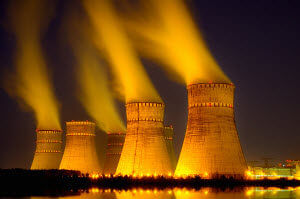 Technavio’s market research report states that the nuclear power industry in China is one of the most prominent driving forces behind the market’s growth. Pressure relief valves play a vital role in nuclear power plants. They protect super heaters, turbines, and boilers to help the stations run at the optimal high temperatures and pressure.
Technavio’s market research report states that the nuclear power industry in China is one of the most prominent driving forces behind the market’s growth. Pressure relief valves play a vital role in nuclear power plants. They protect super heaters, turbines, and boilers to help the stations run at the optimal high temperatures and pressure.
In the coming years, the country is expected to expand its nuclear power industry, thus creating a higher demand for pressure relief valves. As of now, the country has 30 operating nuclear reactors, 24 under construction, and 30 being planned. By the end of 2020, the country’s nuclear power industry is predicted to reach at least 58 GWe of nuclear capacity.
Plus, with more countries expanding their power generation sectors and creating more nuclear plants, the global pressure relief valve market in this industry will be valued at $978 million and grow at a CAGR of 1.6%, according to Business Wire.
Rising Petrochemical and Chemical Sectors
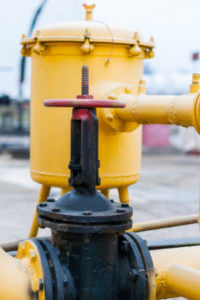 Business Wire also mentioned that the global pressure relief market in the petrochemical and chemical sectors is predicted to grow at a CAGR of 2% and exceed $1 billion in value. One reason for this is that more developing countries are increasing their own chemical production and relying less on European imports. In fact, by the end of this year, India will become an exporter of polyethylene.
Business Wire also mentioned that the global pressure relief market in the petrochemical and chemical sectors is predicted to grow at a CAGR of 2% and exceed $1 billion in value. One reason for this is that more developing countries are increasing their own chemical production and relying less on European imports. In fact, by the end of this year, India will become an exporter of polyethylene.
In addition, economic improvements in North America and APAC as well as growing top-end users of chemical products are creating more demand for chemicals and more opportunities for pressure relief valves to be used in these sectors.
In these plants, pressure relief valves are used for high pressure and back pressure, thermal expansion protection, and more.
Upwards Trend in Oil and Gas Industries
With low oil prices, the oil and gas industry has faced a number of setbacks. The New York Times reports that with prices declining throughout recent years, earnings have dropped for many global companies that were once making record profits. As a result, over two-thirds of their rigs were decommissioned.
But regardless, Business Wire reports that the constant demand of oil in global markets will cause the pressure relief valve market value to exceed 1.6 billion by 2020, growing at a 1.5% CAGR over the next four years.
However, while market values are predicted to rise in this industry, the increasing trend of using alternative energy sources could result in a slower growth pattern compared to other sectors.
CPV Manufacturing is a leading manufacturer of valves and fittings. Learn more online or contact us directly.

 High pressure relief valves are vital to many piping systems and vessels. From electronic to pneumatic to hydraulic systems, they all need a high pressure valve to ensure protection and safety.
High pressure relief valves are vital to many piping systems and vessels. From electronic to pneumatic to hydraulic systems, they all need a high pressure valve to ensure protection and safety.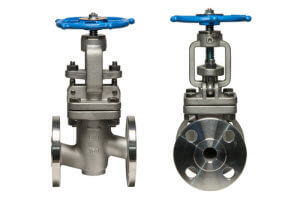 A high pressure relief valve opens gradually depending on the system’s overall pressure levels. As pressure increases, the valve’s opening gets bigger to maintain stability.
A high pressure relief valve opens gradually depending on the system’s overall pressure levels. As pressure increases, the valve’s opening gets bigger to maintain stability.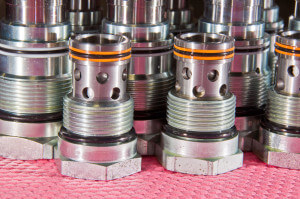 Valves are delicate devices designed to ensure safety and proper operation. With that said, valve failure is quite common.
Valves are delicate devices designed to ensure safety and proper operation. With that said, valve failure is quite common. As stated previously, faulty valves can cause severe damage to systems and vessels. However, the following
As stated previously, faulty valves can cause severe damage to systems and vessels. However, the following 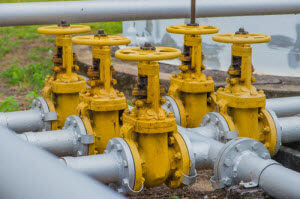 Pressure relief valves come in different metals. Each metal is meant to cater to specific applications. Depending on the system, a valve made with a certain material may be needed to ensure safety and proper operation. For example, stainless steel pressure relief valves have properties that allow them to work best in plants with corrosive materials.
Pressure relief valves come in different metals. Each metal is meant to cater to specific applications. Depending on the system, a valve made with a certain material may be needed to ensure safety and proper operation. For example, stainless steel pressure relief valves have properties that allow them to work best in plants with corrosive materials.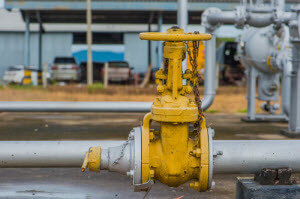 The National Board of Boiler and Pressure Vessel Inspectors state that the set pressure of the valve cannot exceed the maximum allowable working pressure. However, a valve with a set pressure less than the maximum allowable working pressure is acceptable.
The National Board of Boiler and Pressure Vessel Inspectors state that the set pressure of the valve cannot exceed the maximum allowable working pressure. However, a valve with a set pressure less than the maximum allowable working pressure is acceptable.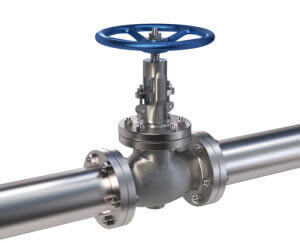 Normally closed valves are designed to block flow through the valve and are commonly
Normally closed valves are designed to block flow through the valve and are commonly 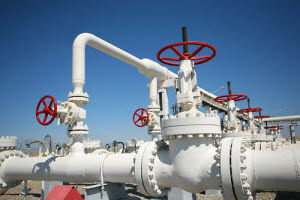 There are normally open solenoid valves as well. These devices will remain open until power is sent to the coil and signals the plunger to close.
There are normally open solenoid valves as well. These devices will remain open until power is sent to the coil and signals the plunger to close.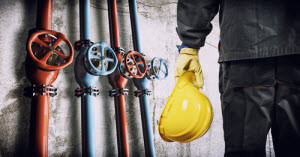 When valves do fail, it can result in negative outcomes such as the costs of ownership, fugitive emissions and safety hazards. Safety valves are put in place to reduces these emergency safety hazards.
When valves do fail, it can result in negative outcomes such as the costs of ownership, fugitive emissions and safety hazards. Safety valves are put in place to reduces these emergency safety hazards.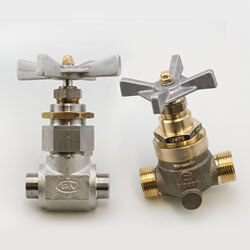 The purpose of a spring loaded pressure relief valve is for a simple, reliable system actuated device that will provide overpressure protection. According to
The purpose of a spring loaded pressure relief valve is for a simple, reliable system actuated device that will provide overpressure protection. According to 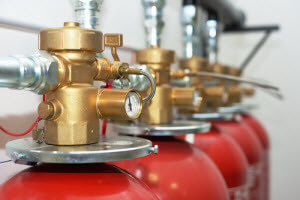 There are four PRD types. Learn more about what each one is comprised of and its purpose.
There are four PRD types. Learn more about what each one is comprised of and its purpose.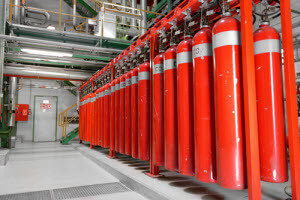 Just like with any product, a
Just like with any product, a 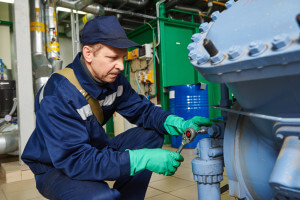 Valve maintenance is necessary to keep your valves running smoothly at all times. Valves are important to your process, and the results could be disastrous if they stop functioning the way they were designed to. Your valves require maintenance to work their best.
Valve maintenance is necessary to keep your valves running smoothly at all times. Valves are important to your process, and the results could be disastrous if they stop functioning the way they were designed to. Your valves require maintenance to work their best. Valve Lubrication: This section explains the benefits of regularly lubricating valves in a system, even if the valve only performs an opening and closing action. It’s important to lubricate two surfaces that continuously slide over one another. It makes the parts last longer and work better.
Valve Lubrication: This section explains the benefits of regularly lubricating valves in a system, even if the valve only performs an opening and closing action. It’s important to lubricate two surfaces that continuously slide over one another. It makes the parts last longer and work better.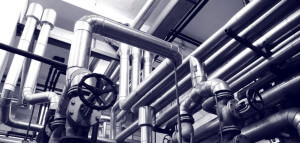 An actuator allows the valve to be automated mechanically so there’s no human interaction needed to cycle the valve. The actuator is remotely operated and can even provide a shutdown mechanism in an emergency so a human isn’t exposed to certain risks.
An actuator allows the valve to be automated mechanically so there’s no human interaction needed to cycle the valve. The actuator is remotely operated and can even provide a shutdown mechanism in an emergency so a human isn’t exposed to certain risks.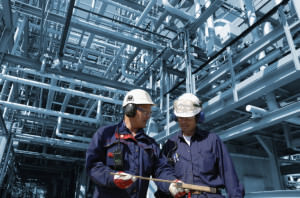 There are many different valve actuators in use today, and the appropriate one is selected based on the job that needs to be done. Check out the different types of valve actuators and their actions from
There are many different valve actuators in use today, and the appropriate one is selected based on the job that needs to be done. Check out the different types of valve actuators and their actions from